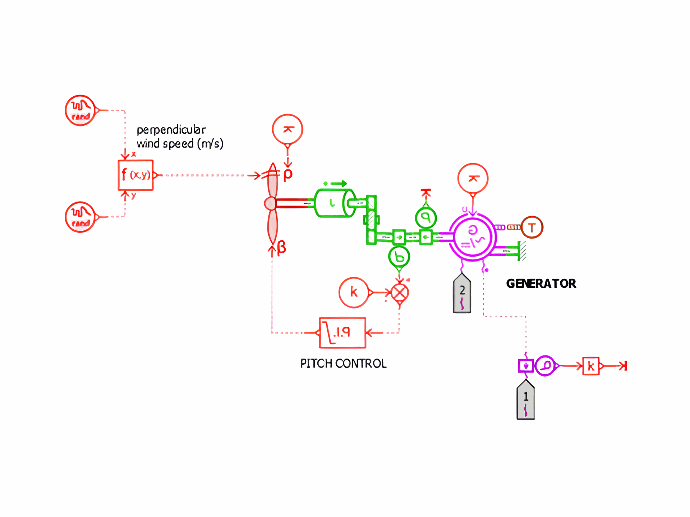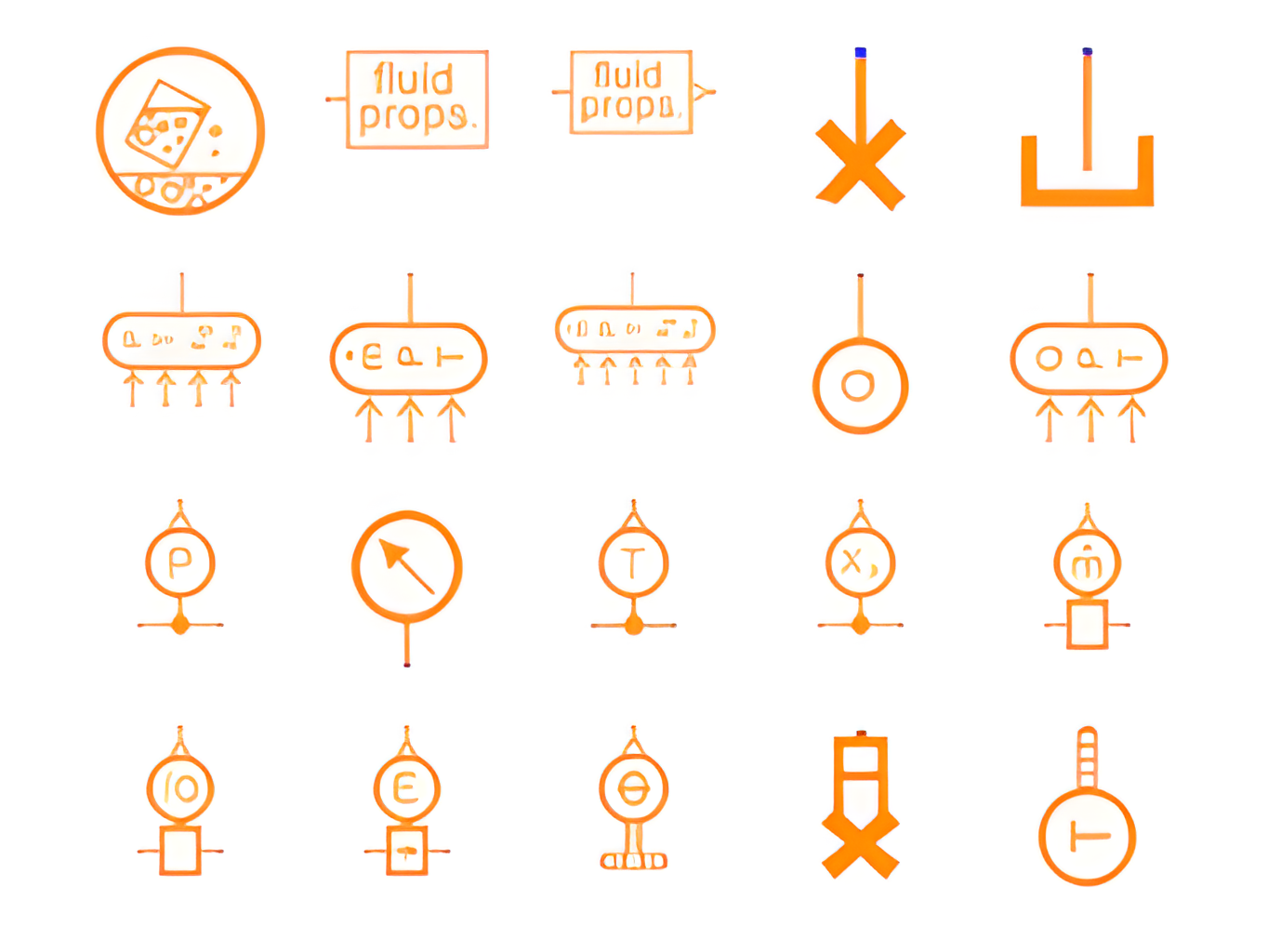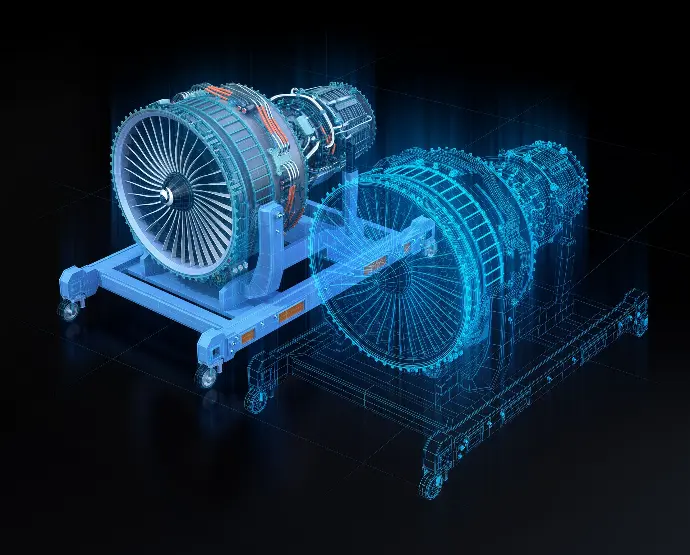Systems Modeling
Create and enrich a model of your entire system from the beginning of its pre-design to the end of its life
System Modeling
Create and enrich a model of your entire system from the beginning of its pre-design to the end of its life

Why System Modeling ?
"Model-Based Systems Engineering" is the solution for pre-design, design, and optimization of your systems. Multi-physics, multi-domains, these models allow you to quickly explore numerous possibilities and make architectural choices, whether global or more detailed, based on solid results. As illustrated here, so-called 0D - 1D simulation is positioned upstream of project implementation.
Why System Modeling ?
"Model-Based Systems Engineering" is the solution for pre-design, design, and optimization of your systems. Multi-physics, multi-domains, these models allow you to quickly explore numerous possibilities and make architectural choices, whether global or more detailed, based on solid results. As illustrated here, so-called 0D - 1D simulation is positioned upstream of project implementation.


A wide library
Simcenter Amesim (Siemens) offers a wide range of libraries containing validated analytical sub-models for each component of the system under study.
The overall physics of the entire system can then be represented, and even predicted. This allows for the identification and optimization of key parameters of the overall system or the component being studied.
The component can also be obtained from reduced 3D models (FEM or CFD) using neural network techniques.

Custom precision
The models consist of an assembly of components. These components are described using validated analytical models that represent the actual hydraulic, pneumatic, electrical, or mechanical behavior of the system.
They evolve as your project progresses: initially quite generic, they can then contain all the details necessary for an increasingly detailed understanding of your systems. In practice, you can create subsystems within your systems and thus achieve custom precision.

Real-time simulations
Once the design is complete, the associated model can be reduced to operate in 'Real Time.' It then functions as a digital twin: connected to the real system, it allows for the evaluation of its operation and the obtaining of quantities impossible to physically measure.
It then becomes your number one tool for anticipating problems and performing preventive maintenance at the most opportune time.

A wide library
Simcenter Amesim (Siemens) offers a wide range of libraries containing validated analytical sub-models for each component of the system under study.
The overall physics of the entire system can then be represented, and even predicted. This allows for the identification and optimization of key parameters of the overall system or the component being studied.
The components can also be obtained from reduced 3D models (FEM or CFD) using neural network techniques.

Custom precision
The models consist of an assembly of components. These components are described using validated analytical models that represent the actual hydraulic, pneumatic, electrical, or mechanical behavior of the system.
They evolve as your project progresses: initially quite generic, they can then contain all the details necessary for an increasingly detailed understanding of your systems. In practice, you can create subsystems within your systems and thus achieve custom precision.
